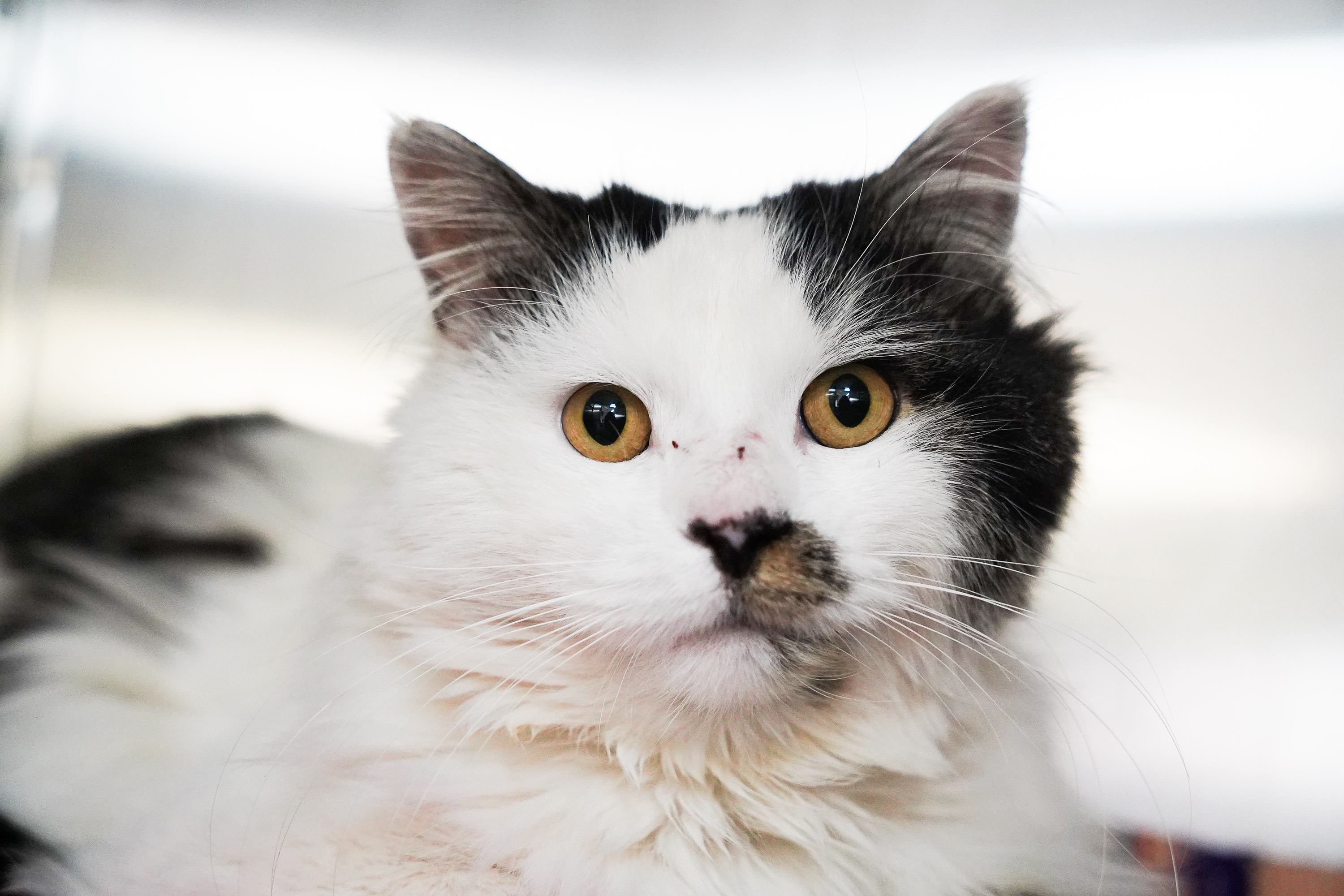To help you clear your feline cat of ringworm we will provide:
- Two months of medication for ringworm treatment
- A free check-up at our veterinary clinic three weeks after adoption.
- Protective clothing including gloves
- Free advice and support
With the right care, these cats and kittens will make a full recovery, and you can be part of their journey.
